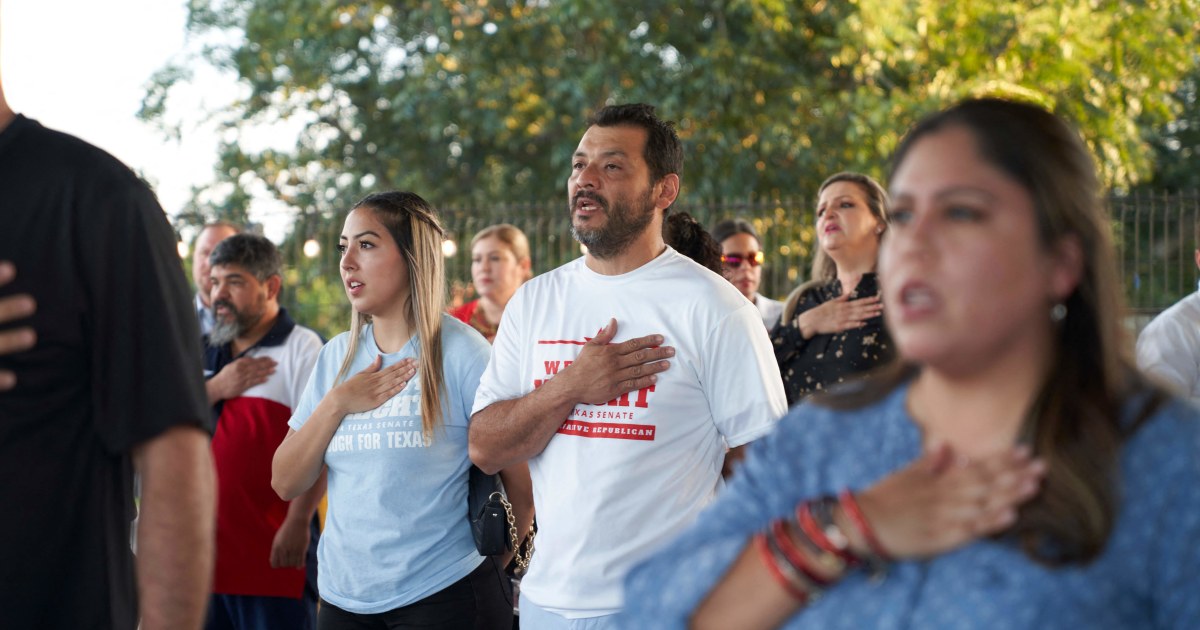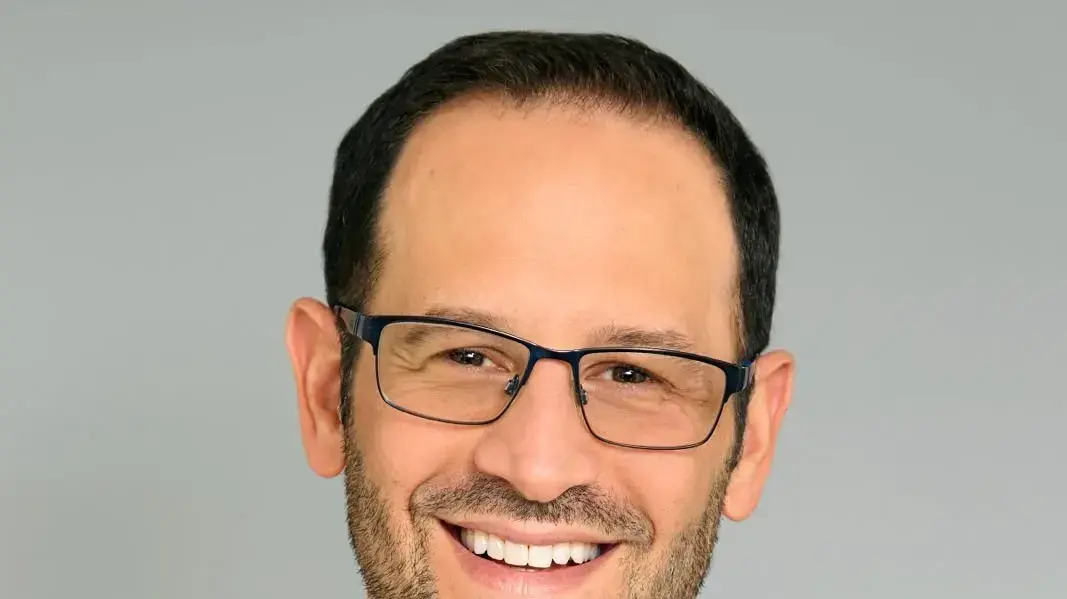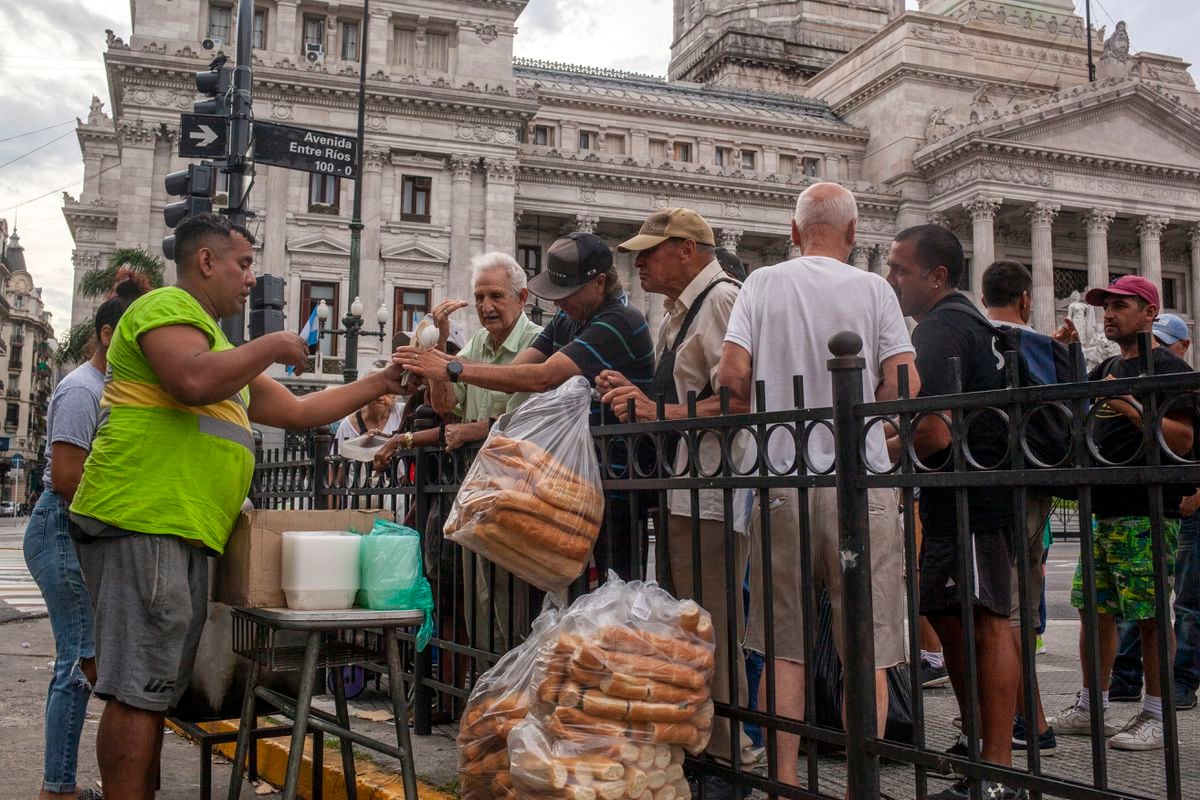Chilling audio of Nazi criminal reveals his views on the Holocaust 1:15
(CNN Spanish) --
That the Holocaust, the systematic persecution and annihilation of Jews perpetrated by Nazi Germany, occurred some 8,000 kilometers from Latin America, could suggest that the region remained far from this tragedy that occurred between 1933 and 1945.
But it was not like that.
What is antisemitism?
History and present
Argentina, Bolivia, Chile and Brazil, among other countries, received large numbers of migrants between the first half of the 19th century and the Great Depression, but several Latin American countries began to impose restrictions on the number of Jewish refugees between 1933 and the end of the the Second World War.
In the postwar period, the region became one of the main destinations for large numbers of survivors seeking to rebuild their lives in distant lands.
Also, the German communities in these and other Latin American countries were divided in the 1930s in rejecting or supporting the increasingly powerful regime of Adolf Hitler in Germany.
Rosenzvaig: Racism is engendered where culture is scarce 1:16
In the case of Argentina, the Latin American country that received the most Jewish refugees and migrants in those years, an important community of German immigrants that already resided in the country was divided after the rise of Hitler in 1933.
advertising
Nazi sympathizers, largely grouped in the Landesgruppe Argentinien and the German Union of Guilds, organizations financed by the Nazi Party, held large and massive events in support of the Nazi regime, according to the Buenos Aires Holocaust Museum. Aires, which in its permanent exhibition includes a section on the situation in Argentina
Trade, German submarines, and a cultural shift: Latin America in World War II
One of the most important chapters took place on April 10, 1938 at Luna Park, a stadium in Buenos Aires, to celebrate the forcible annexation of Austria by Germany, the Anschluss.
But, at the same time, the Argentine University Federation, the largest student organization in the country, held a march that same day in downtown Buenos Aires to protest this event, and German opponents of Nazism organized in the same way from the newspaper Argentinisches Tageblatt and the Pestalozzi Cultural Association, which founded one of the main German schools in Argentina.
Jewish migration in Latin America
Although the full scale of the Holocaust—also known by the Hebrew term Shoah—was only known after the end of the war, and little information about the killings had reached it, the racist and anti-Semitic nature of the Nazis was clear from the start and had —and has— echoes in Latin America.
The region, in fact, had already been a destination for many Jews escaping the Holy Inquisition in Spain.
from the 16th century.
In the colonies, discrimination did not stop, but the Jewish communities still managed to settle in conditions that were, in some cases, more favorable.
According to data from the United States Holocaust Museum (USHMM), Jewish migration to Latin American countries remained constant and mostly free between 1918 and 1933, but then, after the Nazi seizure of power in Germany, resistance to receiving Jews grew. and the numbers dwindled.
Helping Holocaust survivors in Ukraine 1:45
Between 1933 and 1941, the year in which Jewish emigration was prohibited by Nazism both from Germany and from the occupied countries, Latin American countries officially received 83,000 German Jewish refugees, according to the USHMM, the second most important destination behind the United States. United States (90,000) and above the Palestinian territory (60,000).
Argentina was the main Latin American destination, with 23,000 official entries, followed by Brazil (15,000), Chile (10,000) and Bolivia (8,000).
The figure does not reflect the total number of Jews who migrated, since many did so illegally.
In this regard, the professor at the Hebrew University of Jerusalem, Haim Avni, estimates the real number would be between 34,620 and 39,441 for Argentina, 23,582 for Brazil, between 10,000 and 12,000 for Chile, and 10,000 for Bolivia.
State and official discrimination in Germany against Jews began the same day that Adolf Hitler became the führer, after the approval of the enabling law of 1933, which gave him extraordinary powers, and took a leap with the laws of Nuremberg of 1935, which limited the activities and rights of Jews, and the "Night of Broken Glass," a widespread attack—or pogrom—against the Jewish population in 1938.
"Nazism had two pillars, terror and consensus," Bruno Garbari, a content reference at the Buenos Aires Holocaust Museum, told CNN.
"In 1938 the situation became more radical, and it was also the peak of emigration."
An image of the permanent exhibition of the Museum of the Holocaust of Buenos Aires.
(Credit: Courtesy of the Buenos Aires Holocaust Museum)
But the killing associated with the Holocaust formally began in 1941 under the euphemism "Final Solution," and from that time until the end of the war in 1945 an estimated six million European Jews were murdered in concentration and extermination camps in Germany, Poland and other occupied countries, and on the battlefields at the hands of the
einsatzgruppen
(German for task forces).
In total, the Nazis annihilated some 11 million people, including—in addition to Jews—prisoners of war, opponents, homosexuals, Jehovah's Witnesses, gypsies, and people with disabilities.
The countries of Latin America were gradually breaking relations with Germany.
Brazil, Bolivia, and Mexico declared war in 1942, and Colombia entered a state of belligerence in 1943.
Peru, Ecuador, Uruguay, Paraguay, Venezuela, Argentina and Chile declared war in 1945, when it was already in its final phase and after the countries of the region signed the Act of Chapultepec at the Inter-American Conference on Problems of War and of Peace, one of the forerunners of the Organization of American States (OAS) and the United Nations.
Among the last to break with the Axis was Argentina, which belatedly set aside its position of neutrality: it broke relations with Germany and Japan on January 26, 1944, and declared war on them on March 27, 1945.
The victims and the postwar
After the conflict ended, most of the survivors chose to migrate to different parts of the world, and it is estimated that between 1947 and 1953, 20,000 arrived in Latin America, according to the USHMM.
Argentina, once again, concentrated the largest number of refugees, with about 4,800.
View of the Auschwitz concentration camp.
(Photo: Scott Barbour/Getty Images)
Argentina continues to be home, today, to the largest Jewish community in Latin America and the sixth largest in number in the world (after Israel, the United States, France, Canada and the United Kingdom).
According to data from the Jewish Agency for Israel, an Israeli organization that promotes the immigration of Jews to Israel —known as Aliyah—, in 2021 there were about 175,000 Jews in the country.
Brazil is second on the list in Latin America, with a community of 91,500 Jews.
Then there are Mexico (40,000), Chile (16,000) and Uruguay (16,000).
While Cuba, Bolivia, the Dominican Republic and El Salvador have communities with fewer than 500 members.
Voices from Auschwitz: Children of survivors tell their stories
Argentina and Brazil were the main destinations for Jewish refugees during the Holocaust, and contain the two largest communities of Jews in Latin America.
However, this does not mean that these populations have not suffered discrimination, or that these countries were havens for the persecuted.
In the case of Argentina, the attacks of 1992, against the Israeli embassy, and of 1994, against the Argentine Israeli Mutual Association (AMIA) stand out as examples.
In fact, Argentina and Brazil were also home to numerous sympathizers of the Nazi regime, and in the postwar period war criminals escaping conviction arrived in both countries, as well as in others in the region.
Nazi war criminal Adolf Eichmann, during his trial in Israel after being kidnapped in Argentina.
(Credit: GPO via Getty Images)
In Argentina, the case of Adolf Eichmann, a member of the SS, a Nazi paramilitary force that was in charge of the "Final Solution", and a central piece in the deportation and extermination of the Jews in Europe, who hid in the country with a false identity until he was kidnapped in 1960 by Israeli special forces and taken to Israel to stand trial, sentenced, and finally hanged in 1962.
But it was not the only one.
In 1995 Erich Priebke, also a member of the SS, was extradited to Italy, where he ended up being sentenced to life imprisonment for his role in the massacre of hundreds of people in the Italian Ardeatine graves, after being identified in Argentina.
In total, the Commission for the clarification of the activities of Nazism in the Argentine Republic (Ceana) concluded in its final report that 180 suspects, accused and convicted as Nazi war criminals or collaborators arrived in the country in the postwar period.
Among them, about 30 were German, about 50 were Croats and more than 100 French and Belgian, according to the report.
In Brazil, the most famous case is that of Josef Mengele, a doctor in the Auschwitz-Birkenau extermination camp who carried out cruel experiments on Jewish prisoners, and who escaped to South America after the end of the war, also spending time in Argentina. .
In Basel, he adopted another identity and managed to escape the authorities of several countries, who were looking for him for his crimes, until he died in 1979, according to the Encyclopedia Britannica.
Images of "rescuers", people who risked themselves to save Jews during the Holocaust.
(Credit: Courtesy of the Buenos Aires Holocaust Museum)
But it also highlights the case of Franz Stangl, commander of the Sobibor and Treblinka extermination camps in Poland, hiding in São Paulo until he was arrested by the Brazilian police in 1967. He died in 1971 in a prison in Germany, where he was serving his sentence. .
The "rescuers" in Latin America
During the Holocaust there were numerous cases of people risking their lives to save Jews, known as "rescuers" or Righteous Among the Nations, including several Latin Americans.
Such is the case of Luiz Martins de Souza Dantas, Brazilian ambassador to France who managed hundreds of visas for Jewish refugees, despite the ban on migration, or María Edwards MacClure de Errázuriz, Chilean social worker who also saved 60 Jewish children. in France, children of parents sent to die in concentration camps, among other cases documented by the Yad Vashem World Center for Holocaust Remembrance.
While Manuel Antonio Muñoz Borrero, Ecuadorian consul in Stockholm, Sweden, issued passports to Polish Jews until 1943 so they could travel outside Europe, as did Arturo Castellanos Contreras, El Salvador's consul in Geneva, Switzerland, who issued thousands of certificates of Salvadoran citizenship to Hungarian Jews, according to the Buenos Aires Holocaust Museum and Yad Vashem.
AntisemitismHolocaust Memorial DayHolocaust


/cloudfront-eu-central-1.images.arcpublishing.com/prisa/GZBJJXO3EZE2HLSP5ZRRKYYYOY.JPG)




/cloudfront-eu-central-1.images.arcpublishing.com/prisa/RHYRDMQQ7BG5JOUSKAXBLKE6YE.jpg)

